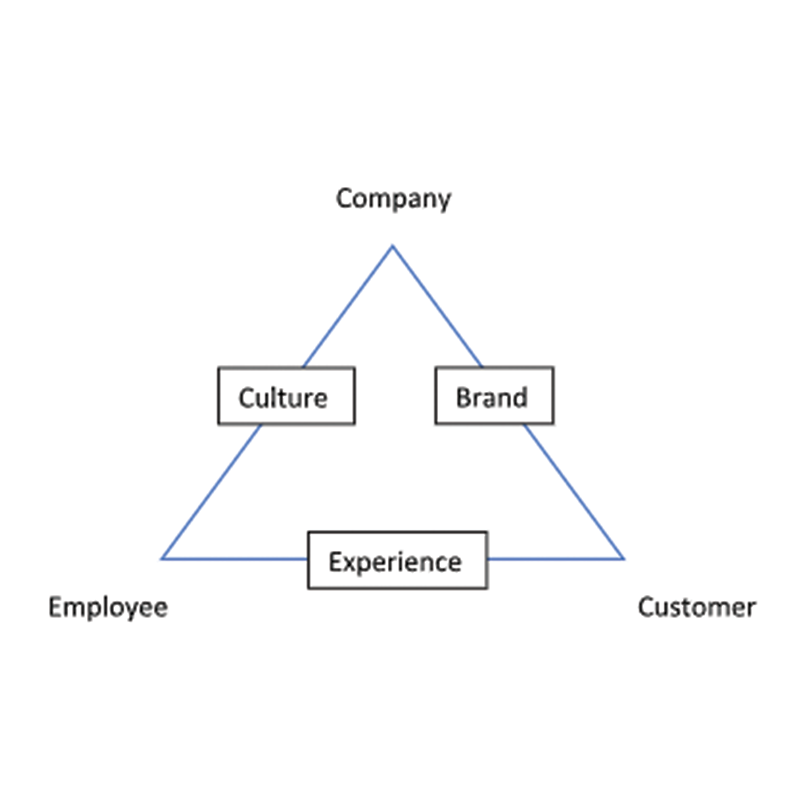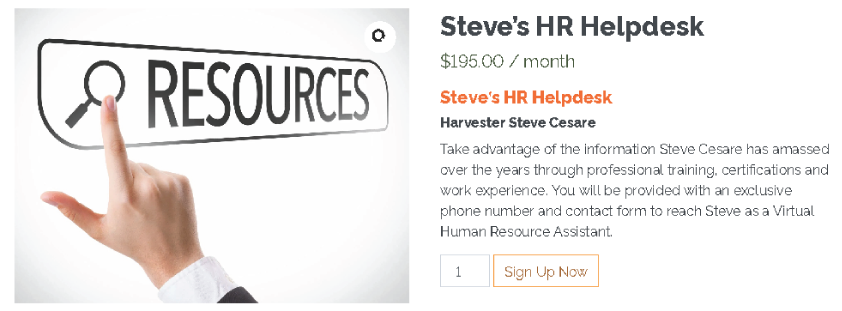
The Value Triangle
Steven Cesare, Ph.D.
A business owner from Colorado called me the other day to talk about various “people-related” issues including communication, training, and staffing. As the conversation matured, I asked the business owner to take a step back and consider the Value Triangle. She had not heard of that concept before, so I asked her to draw the picture below to diagram how she could organize some of her concerns, share them with her staff, and develop a series of action items to clarify roles and responsibilities.

The equilateral triangle contains three primary points of interface capable of generating interpersonal value: the Company, the Customer, and the Employee.
The Company represents the organization’s values, business operations, goals, priorities, systems, services, and overall health. The Customer represents the point of potential commercial exchange involving a business or person seeking goods or services from the Company. The Employee represents the person paid by the Company to produce goods or services desired by the Customer.
The connection between the Company and the Customer is primarily defined by the Company’s Brand, which ideally attracts the Customer to the Company. To maximize the value of this relationship, the Company must acquire, price, sell, and support goods or services palatable to the Customer. The Company’s business plan, gross margin goals, operating costs, marketing strategy, social media focus, professional image, and value proposition must be efficiently arranged to sustain ongoing Customer appeal.
The connection between the Customer and the Employee is primarily defined by the Customer Experience. The degree to which this Experience is characterized by professionalism, proficiency, and personal rapport, lends to a successful Experience implying continued encounters from the Customer. In this case, the Employee must possess sufficient customer service skills, interpersonal authenticity, and requisite position training to engender a positive Experience with the Customer.
The connection between the Employee and the Company is primarily defined by the Company Culture. If the Culture (e.g., values, norms, expectations) manifested by the Company aligns with those sought by the Employee, a suitable, mutually-rewarding employment relationship will result. With this thought in mind, management must continually improve the Culture to maintain stable staffing, morale, and productivity.
As I explained to the Colorado business owner, she should categorize key elements of her “people plan” in this manner to ensure resources are being distributed properly to sustain ongoing success. Failure to maintain that degree of allocation, alignment, and attention may cause significant disruption to the identified components, as well as to the entire Value Triangle, thereby rendering the company ineffective.
If you have any questions or comments about this topic or anything else related to human resources, Sign Up for Steve’s HR Helpdesk!
Check Out Harvester Steve Cesare’s
NEW OFFERING!
Harvest Group Partners
Click the icon below to download the Harvest Group Mobile app!
What do you want to learn more about?
The Harvesters want to know what topics you would like to see us discuss. Click below to submit your ideas!




